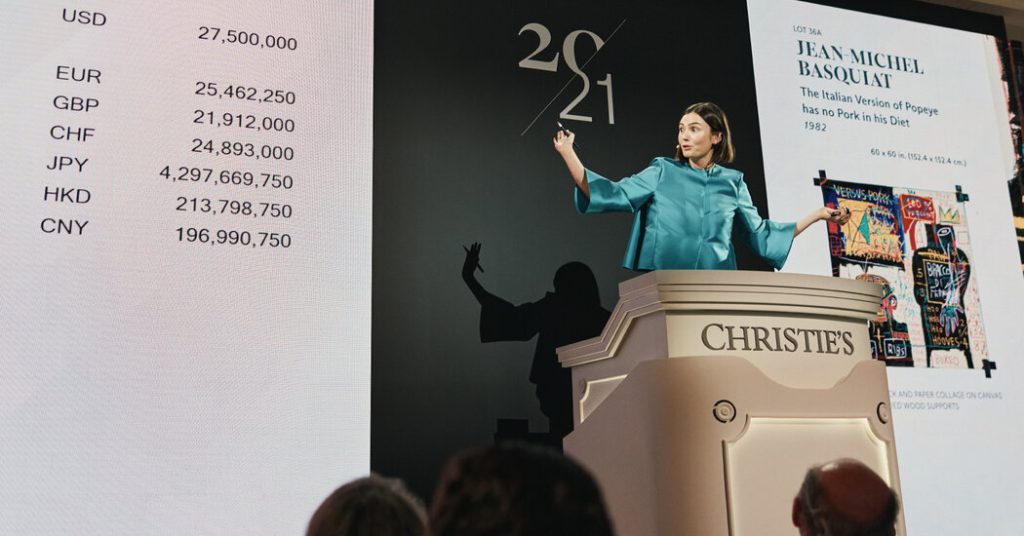In a recent auction, Christie’s made the decision to withdraw its most expensive offering, a painting by Brice Marden estimated to sell for $30 million to $50 million. This move was seen as evidence of apprehension in the market, as uncertainty and doubt can significantly impact the industry due to the small number of ultra-wealthy buyers and sellers. The art market showed signs of weakness with a cybersecurity issue that took down Christie’s website for an entire week, likely due to a ransomware attack, causing concerns about the safety of client data.
The spring sales at Christie’s, Sotheby’s, and Phillips resulted in $1.4 billion in sales, a 22 percent decrease from the previous year. Market experts view this as a respectable finish given the financial challenges of the season, but the results may not be enough to convince collectors to part with top material voluntarily. With the upcoming U.S. presidential election adding to the uncertainty, the market remains selective at higher price levels, with reduced demand and a momentum-based nature.
The need for financial guarantees has become increasingly common in the art market, with third-party guarantees playing a critical role in mitigating risks. Auction houses secured outside investors to support the guarantees offered to sellers, with numerous works in various auctions backed by third parties. While this practice may detract from the drama of live auctions, it ensures that the works sell, enhancing market stability.
The demand for young artists has decreased, with fewer big battles seen in recent auctions. Emerging artists who were once in high demand are now facing challenges, with some works failing to attract buyers even at significantly lower estimates. However, rising stars still manage to garner attention, with speculative buyers seeking out artists they believe still have potential for price growth.
The art market has seen a shift towards more moderate pricing, with works in the $20 million to $50 million range becoming the new threshold for top sales. Sellers are holding back valuable works in a soft market, preferring to conduct business privately rather than risk auctions. With minimalism falling out of favor and Surrealism, especially by historically undervalued female artists, gaining popularity, there is a return to classic 19th and 20th-century works with established markets, offering more predictable outcomes for buyers and sellers.


